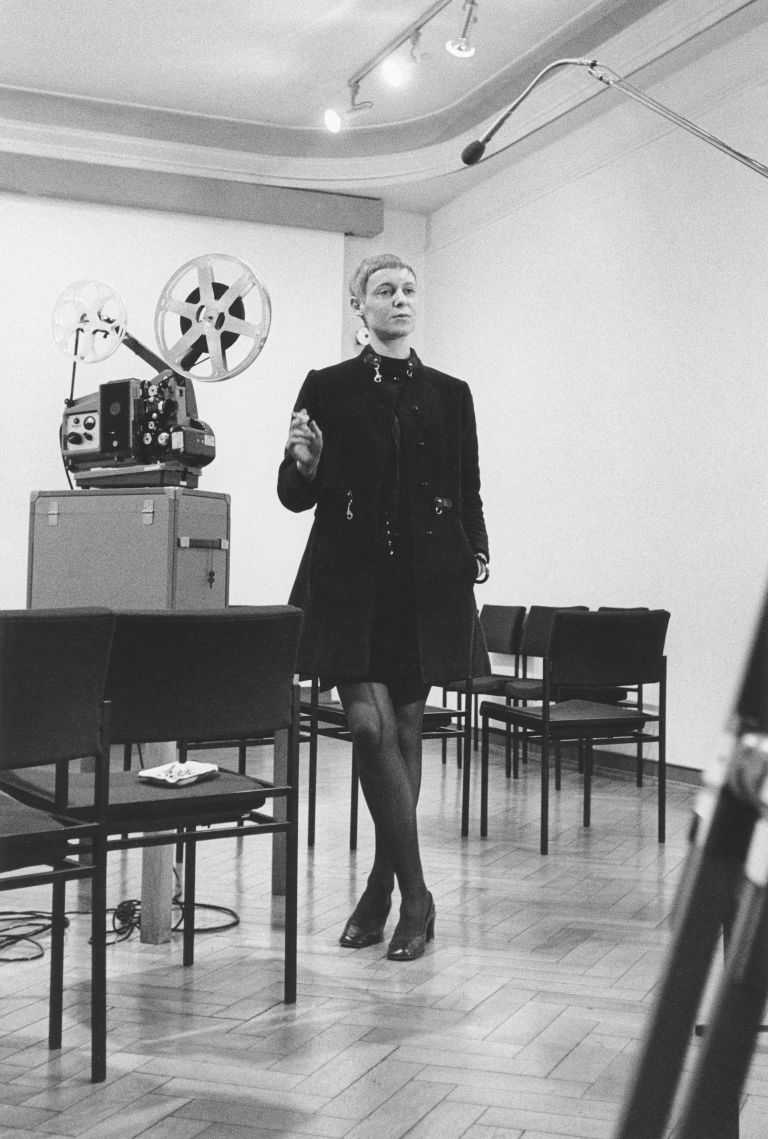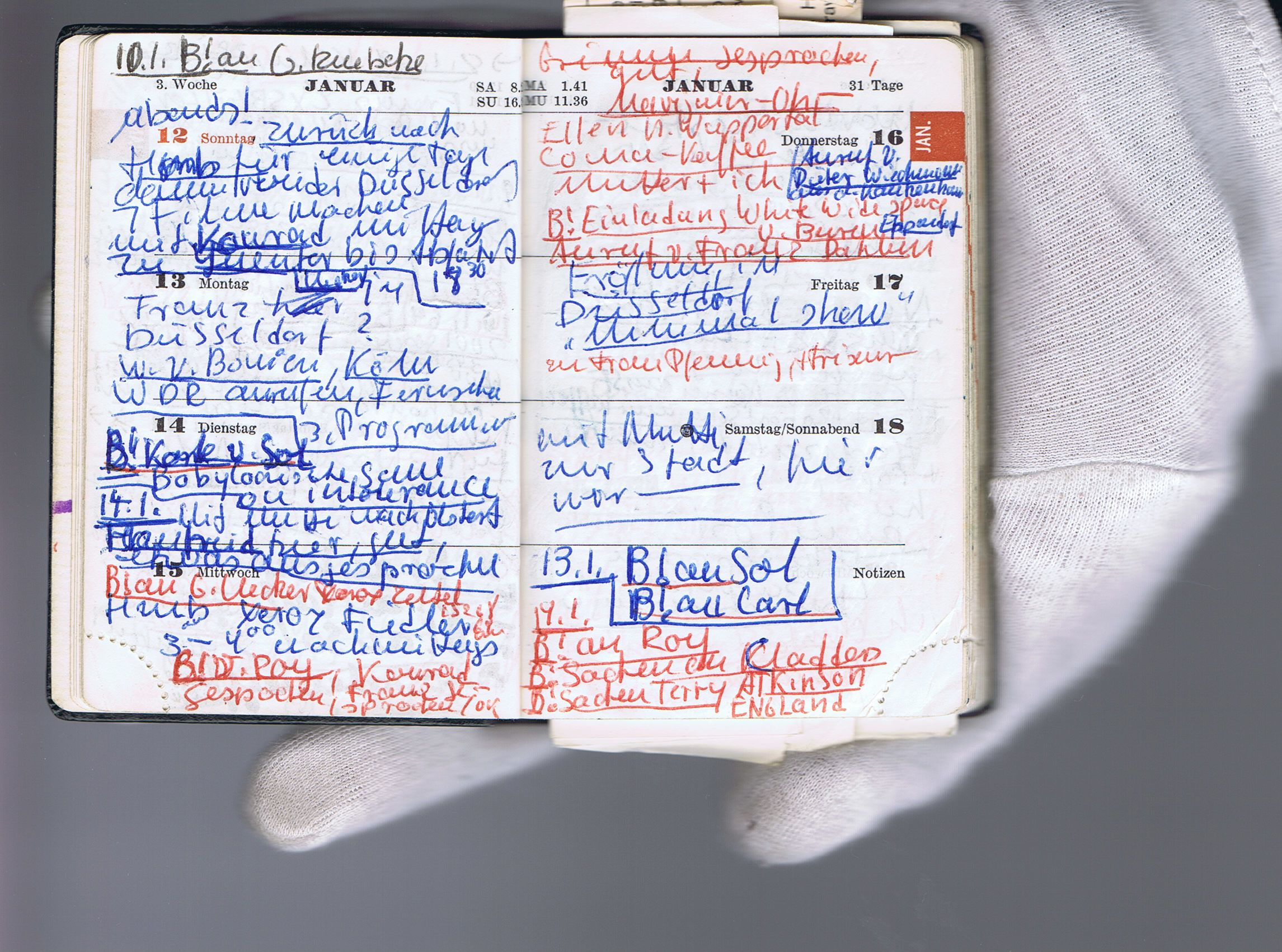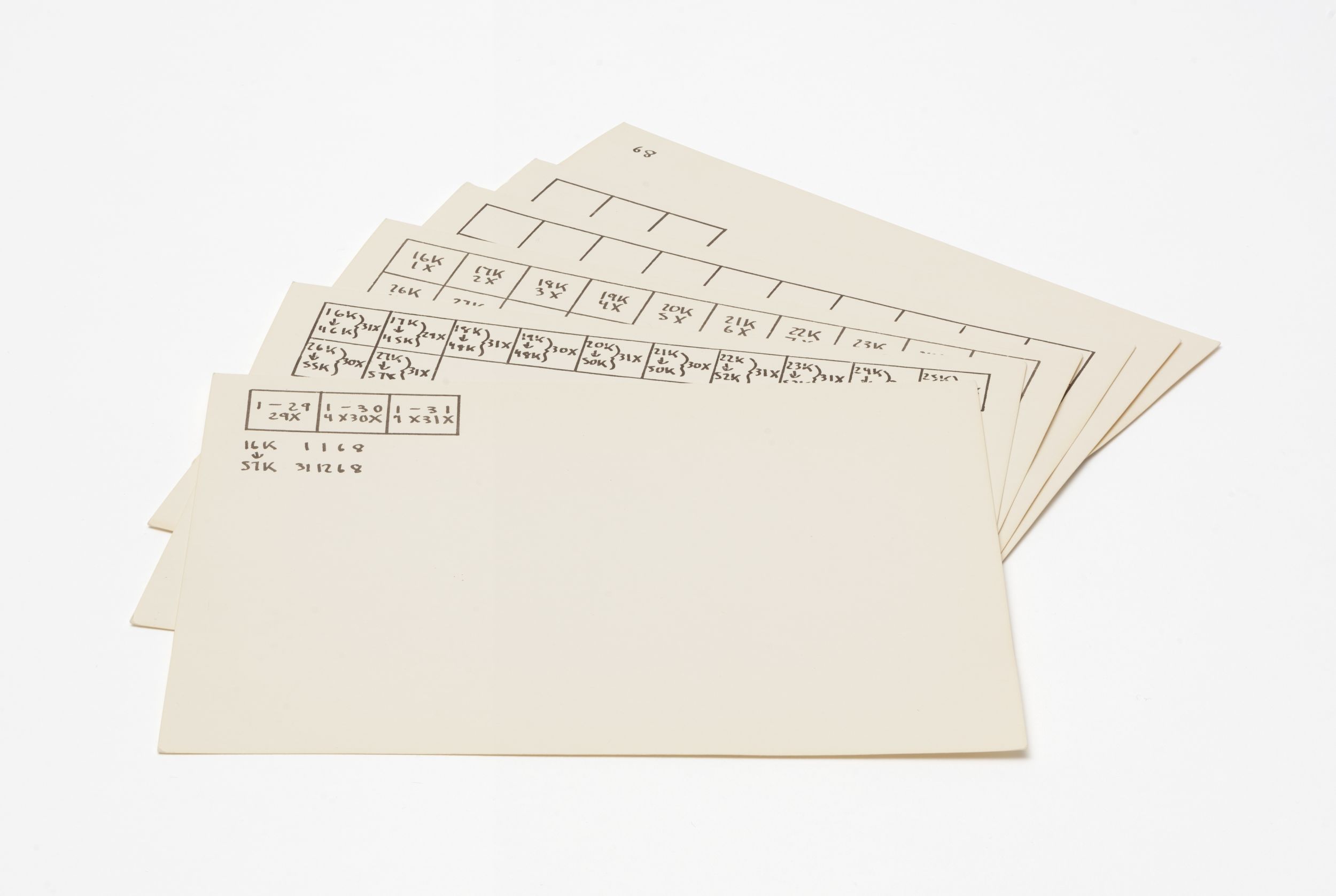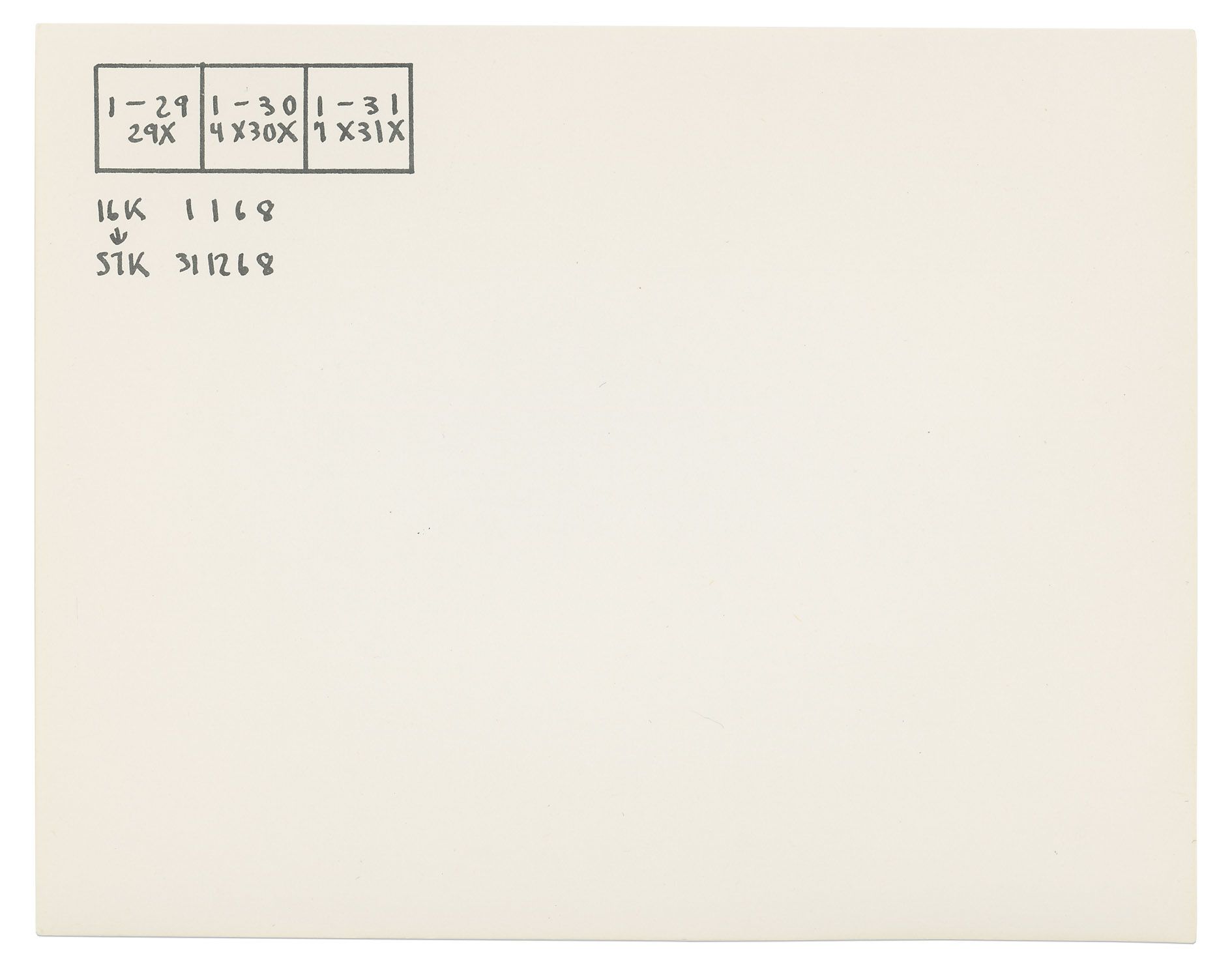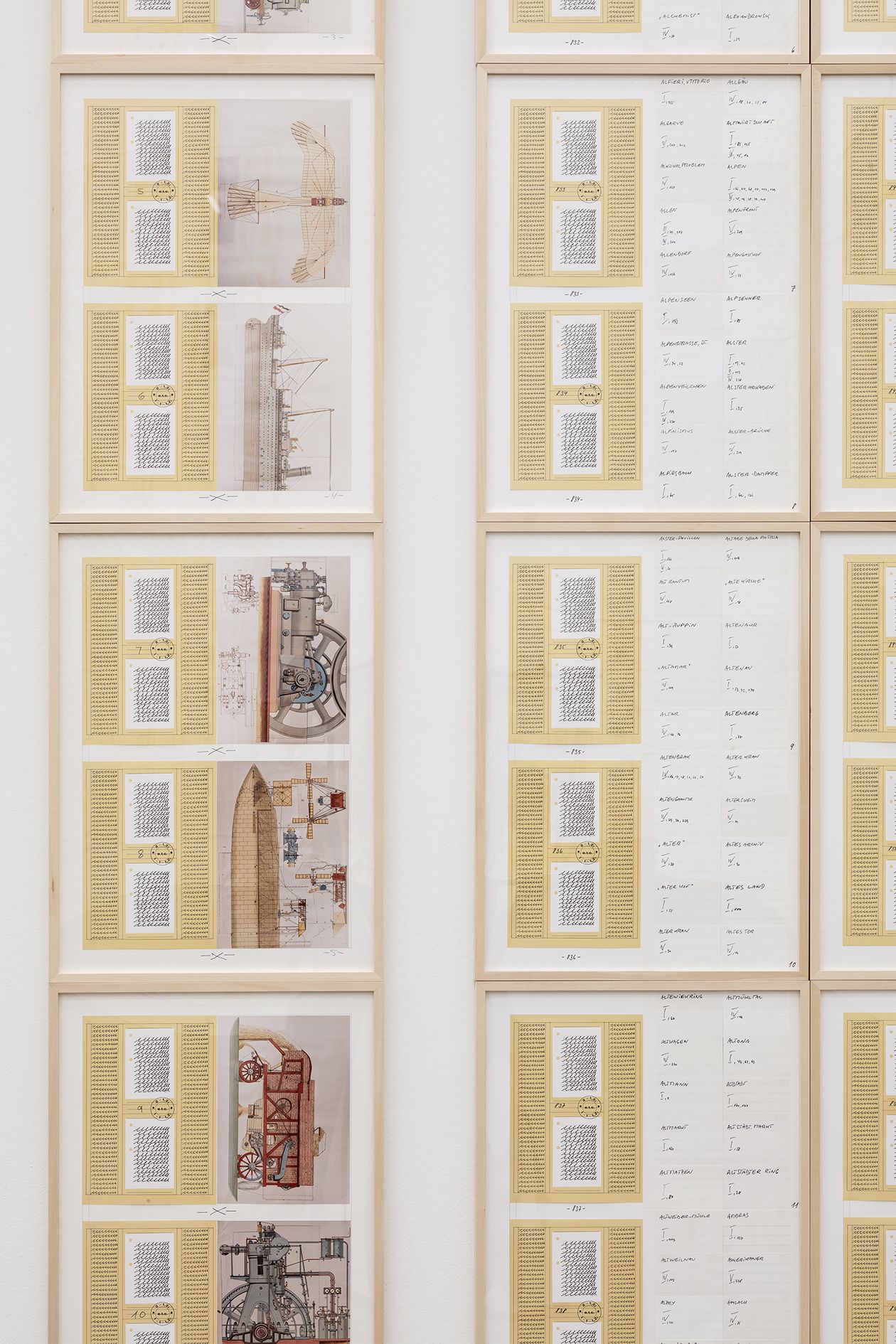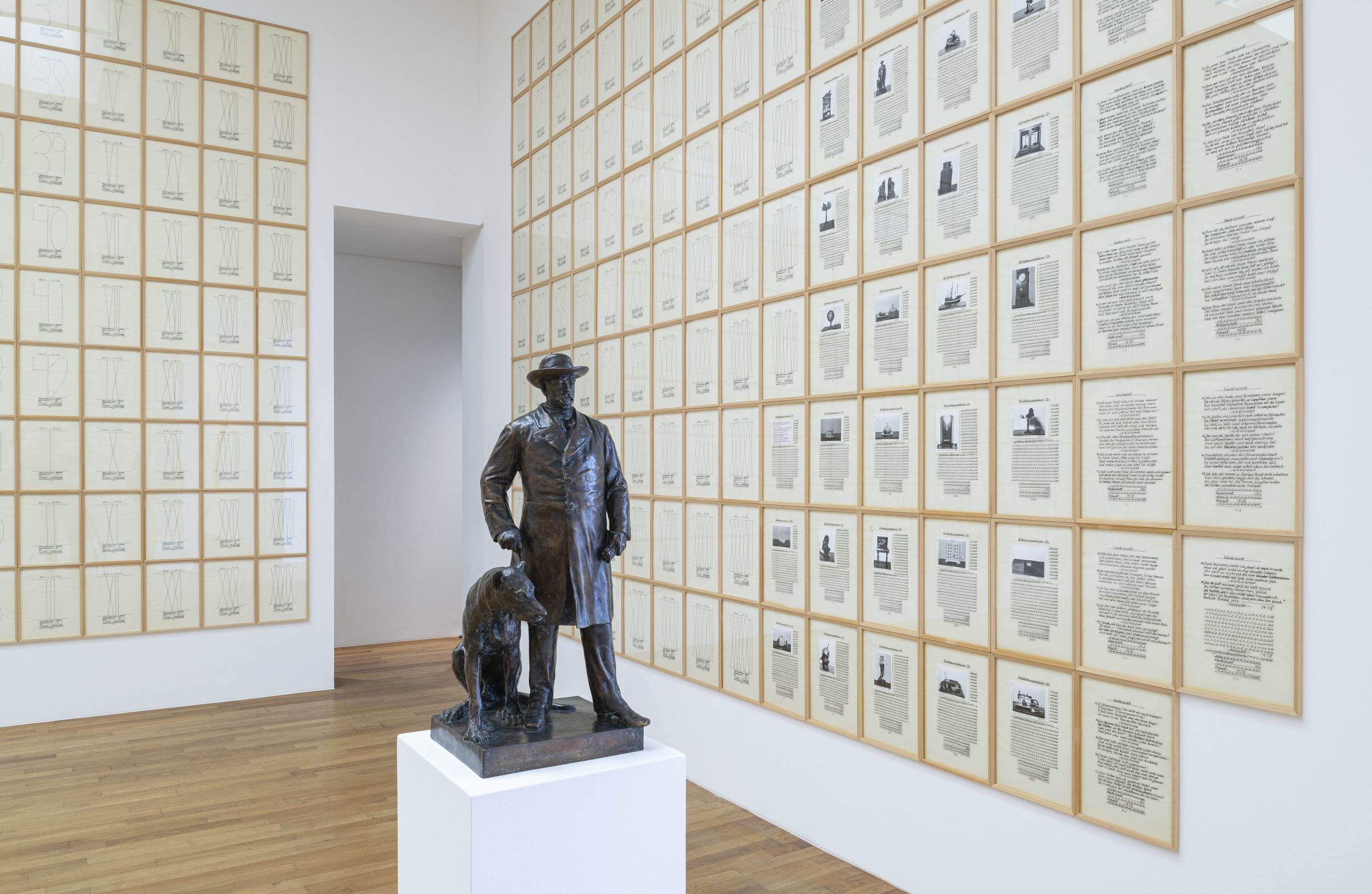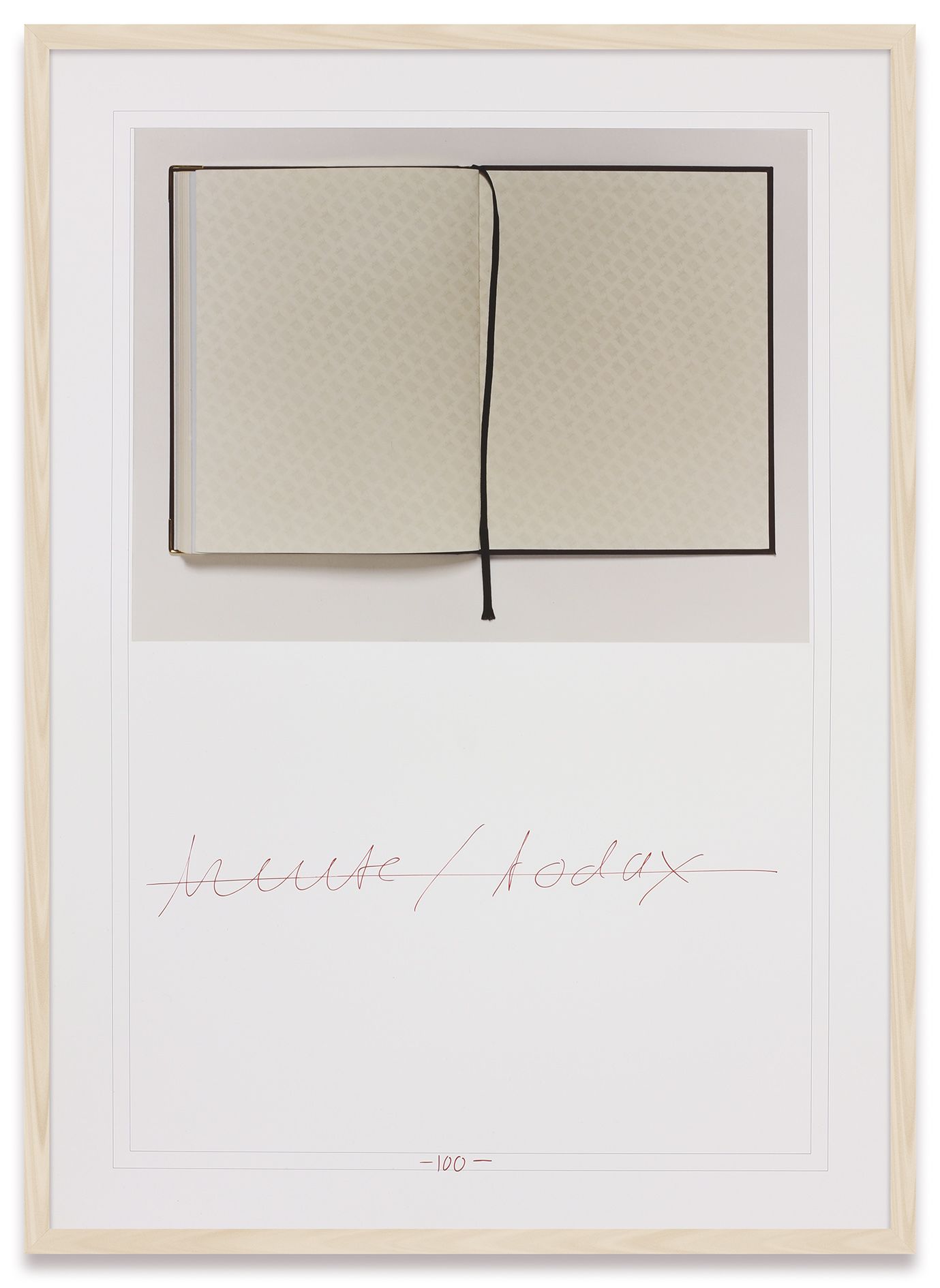Widely acknowledged as one of conceptual art’s founding artists, and a rare woman amid that canon, Hanne Darboven offered a unique and fascinating voice in the turn to structural systems in the art of the late 1960s onward.
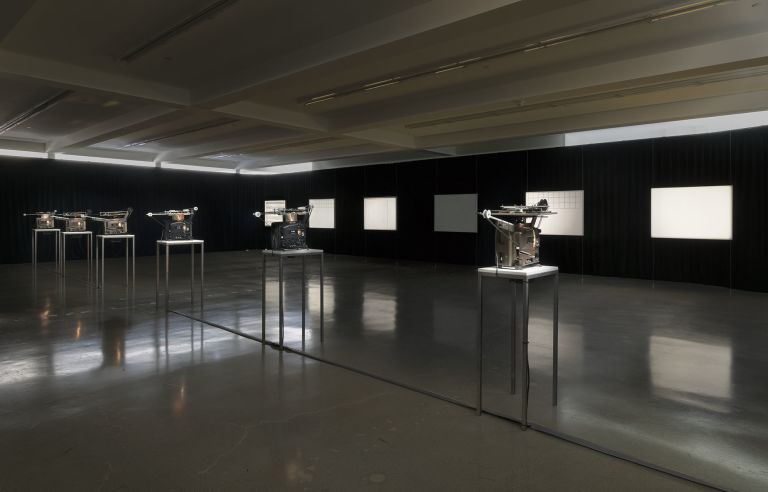
Hanne Darboven
Sechs Bücher über 1968 / Six books on 1968, 1969
6 x 16mm films, black and white, no sound
approx. 15 min each
Edition 2/8 (+2 AP)
Photo: Robert Wedemeyer














